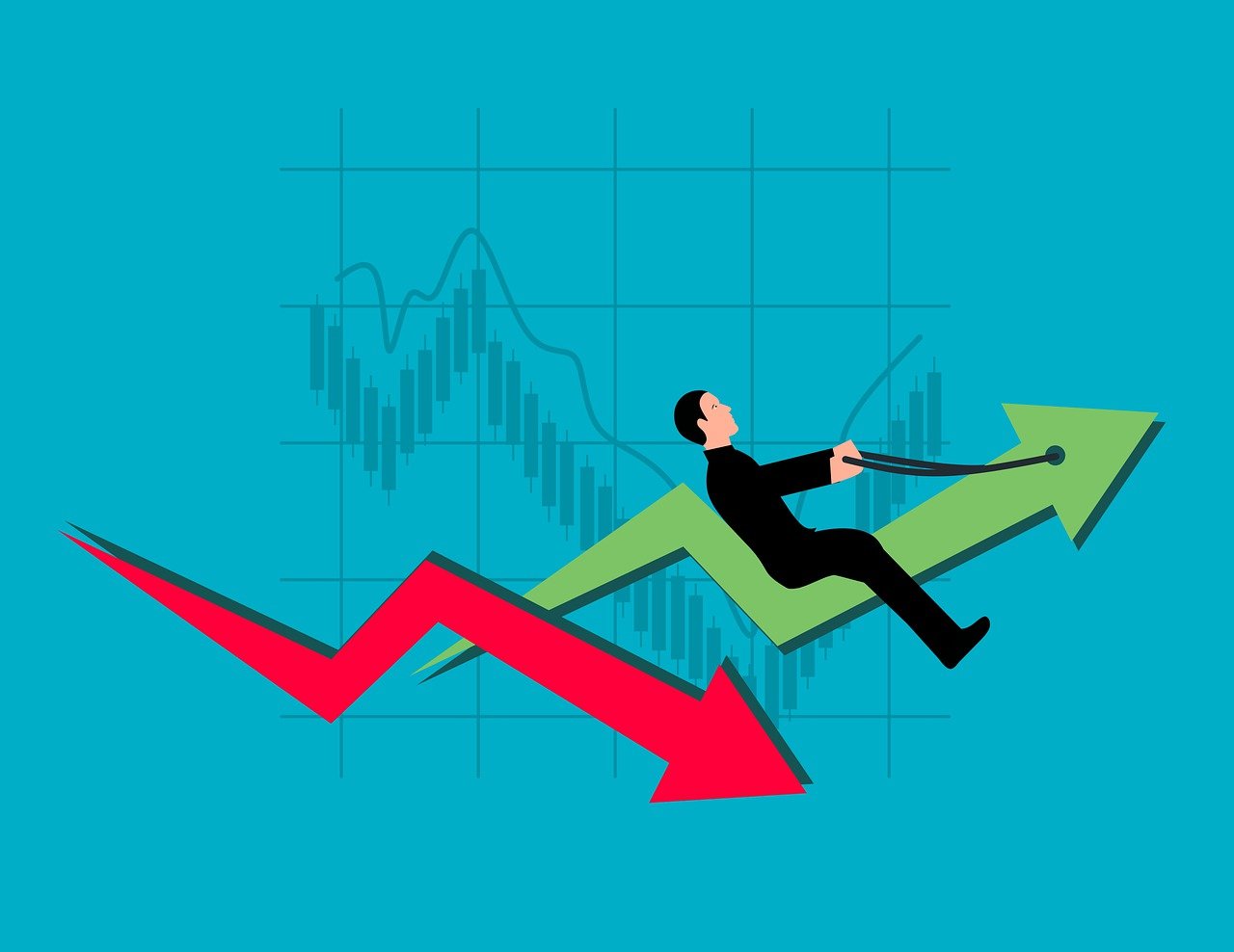If you are looking to diversify your trading portfolio, indices trading is a great option. By buying and selling indices, traders can benefit from price movements in multiple assets at once without having to invest in each stock individually.
It is important for traders to understand what indices are and how they work before investing their money so they can make informed decisions about when and where to trade. In this guide, we will cover everything you need to know about trading indices including what they are, the most traded ones, the benefits of trading them and how to get started with index trading. We will also provide some tips on finding a good platform for executing trades quickly and easily.
What are Indices?
Indices are collections of stocks that are designed to track the performance of a specific stock market or sector. They encompass many different stocks, usually representing the top companies in their particular area. For example, the S&P 500 Index is a broad market index which tracks 500 leading US companies listed on the NYSE and NASDAQ exchanges. On the other hand, the NASDA Q 100 Index is a tech-heavy index which tracks 100 of the largest US and international non-financial companies listed on the NASDAQ exchange.
What are the Most Traded Indices?
The most widely traded indices include:
- S&P 500 (US)
- NASDAQ 100 (US)
- FTSE 100 (UK)
- DAX (Germany)
- CAC 40 (France)
- Nikkei 225 (Japan)
- Hang Seng (Hong Kong)
- ASX 200 (Australia).
The Benefits of Trading Indices
Trading indices offers several key advantages to traders. Firstly, trading indices spreads the risk across multiple stocks rather than just one, meaning that any losses incurred from one stock can be offset by gains in another. Secondly, indices trading allows traders to benefit from price movements in an entire market or sector at once without having to invest in each stock individually. This means that traders do not need to research each individual stock in order to make informed investment decisions. Lastly, indices provide more liquidity than individual stocks and typically have lower trading costs due to the larger volume of trades being executed.
How to Get Started with Indices Trading
Once you have done your research and understand the fundamentals of trading indices, you will need to find a reputable trading platform in order to execute your trades. Look for a platform that offers low fees, fast execution speeds and reliable customer service. Make sure that the platform also has all of the features and tools you need, such as charting capabilities and advanced order types. Once you have found a platform that meets your requirements, you can begin trading indices.
Indices trading is a great way to diversify your portfolio and benefit from multiple markets or sectors at once. Doing your research beforehand will help ensure that you make informed decisions about when and where to trade. By finding a good trading platform, you can get the most out of your trades and start building a successful trading portfolio.
Add a comment






